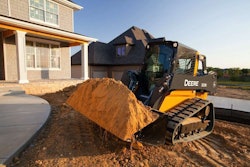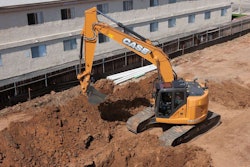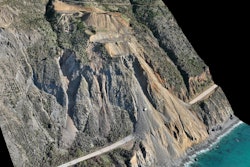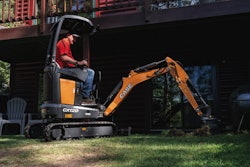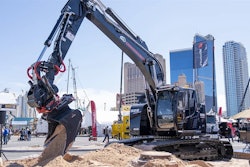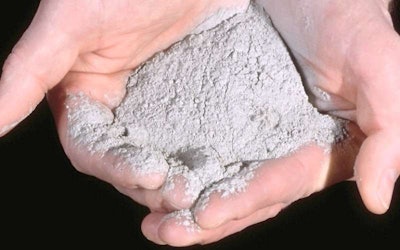 Based on study of ancient Roman concrete, researchers say mixing volcanic ash, pictured here, with lyme and seawater would result in stronger concrete.
Based on study of ancient Roman concrete, researchers say mixing volcanic ash, pictured here, with lyme and seawater would result in stronger concrete.Using a sample from the bottom of Italy’s Pozzuoili Bay that dates back to 37 B.C., researchers have deciphered the formula that ancient Romans used to create the most resilient concrete the world has ever seen in the hopes that modern processes will incorporate them as well.
According to Bloomberg Businessweek, the sample comes from concrete breakwaters that the Romans constructed and placed in their harbors. These breakwaters grabbed researchers attention after they noticed that the structures are perfectly in tact despite 2,000 years of constant pounding from the sea.
The researchers found that two ingredients set the ancient Roman mixture apart from the current Portland cement mixture that has been in use for around 200 years: lyme and volcanic ash.
The lyme and volcanic ash were mixed with seawater and then put dried in wooden molds. “The seawater instantly triggered a hot chemical reaction. The lime was hydrated—incorporating water molecules into its structure—and reacted with the ash to cement the whole mixture together,” a press release from the researchers reads.
The researchers say the lyme and ash create a stronger bind than the ingredients of Portland cement. Marie Jackson, a research engineer at the University of California at Berkeley who was part of the Roman concrete research team told Businessweek that in uses where the Portland cement mixture is immersed in seawater, it begins to erode after less 50 years.
Researchers also note that the Roman ingredients would result in a greener process of creating concrete.
“It’s not that modern concrete isn’t good—it’s so good we use 19 billion tons of it a year,” Paulo Monteiro, a research collaborator and professor of civil and environmental engineering at the University of California, Berkeley, told Businessweek. “The problem is that manufacturing Portland cement accounts for 7 percent of the carbon dioxide that industry puts into the air.”
